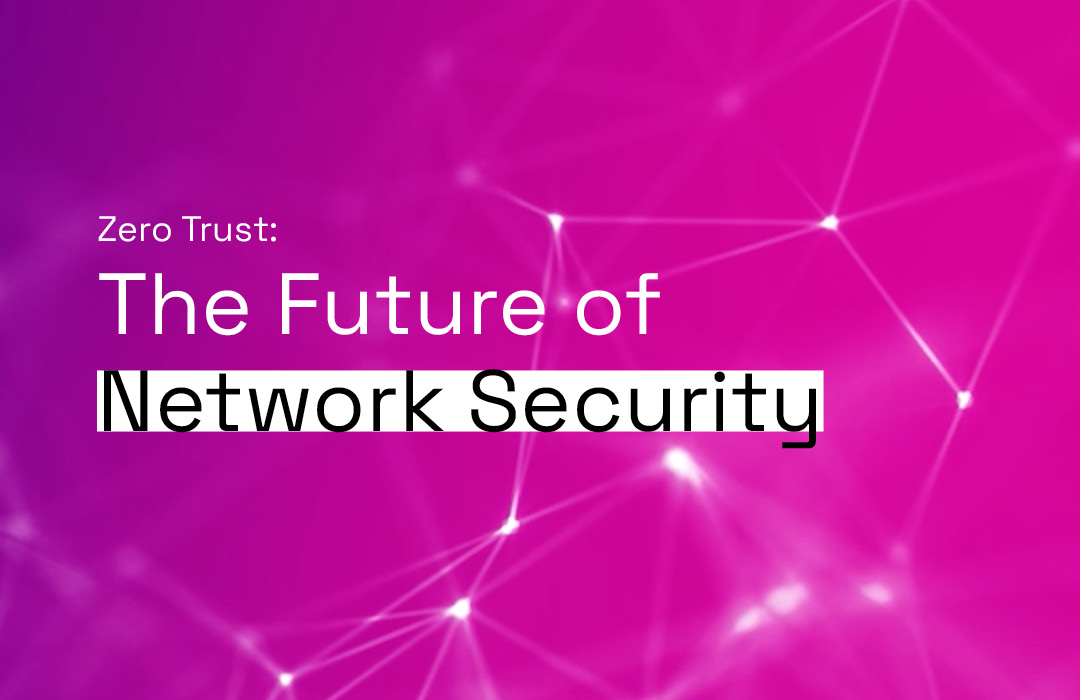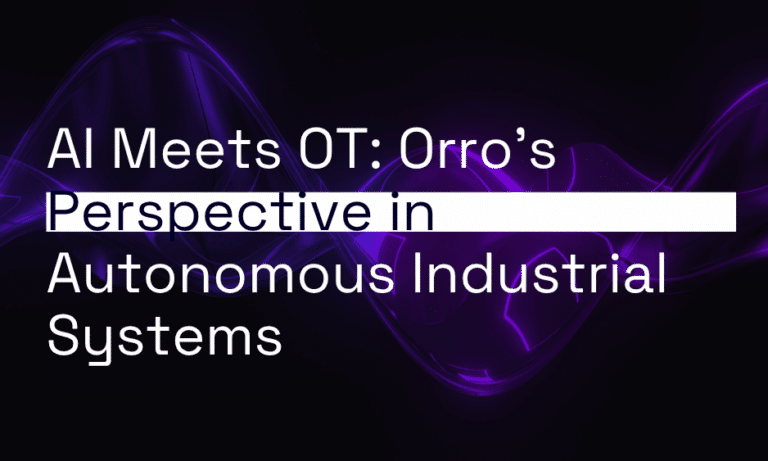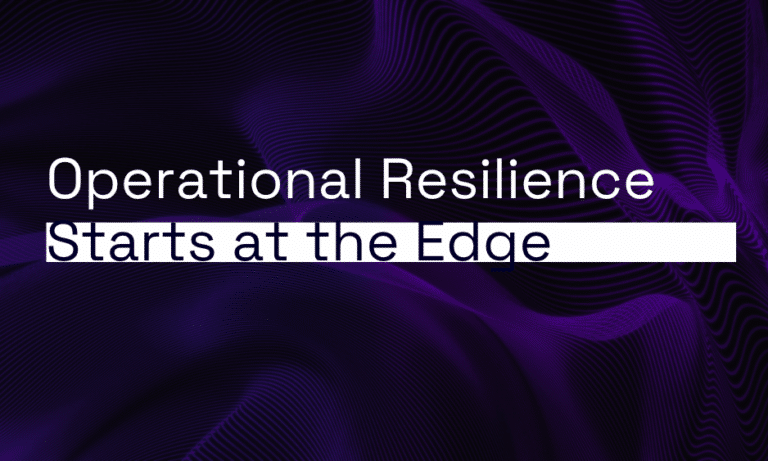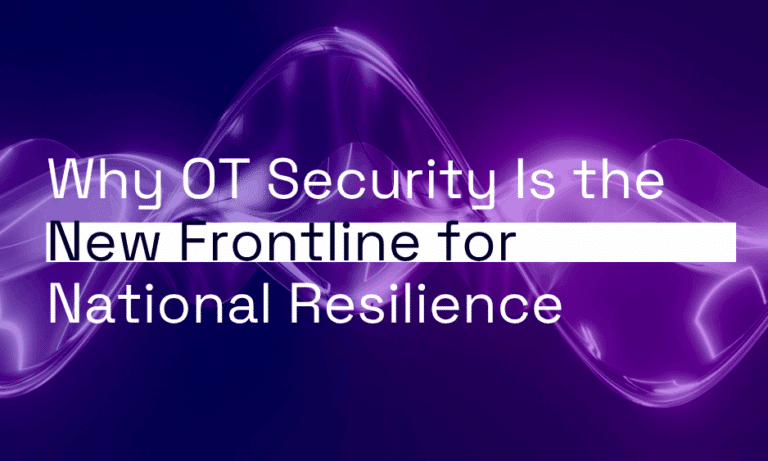The digital footprint of organisations is growing and remote work is becoming the norm, increasing the need for a more dynamic, adaptable and powerful network security.
Enter Zero Trust Networking, a paradigm shift in cyber security that’s redefining how we protect our digital assets. In this article, we’ll explore the concept of Zero Trust, why it’s emerging as the future of cyber security and how it’s poised to change the way organisations safeguard their data and networks forever.
Beyond traditional perimeter-based security architecture
Zero Trust is a cutting-edge security concept that challenges the conventional wisdom of perimeter-based security architectures. In a world where cyber threats evolve rapidly and the line between internal and external networks is blurred, the traditional approach of trusting everything inside the corporate firewall while treating everything outside as potentially untrustworthy is no longer an option.
Moving to Zero Trust requires a fundamental shift in mindset, where trust is never assumed based on location or network boundaries. Instead, it emphasises the importance of verifying and validating all users, devices and applications, both inside and outside the network, to ensure comprehensive security in our highly interconnected digital environment.
Prioritising security of core digital elements
To establish a Zero Trust model, it’s important to prioritise the security of six core elements:
• Identities
• Endpoints
• Applications
• Data
• Infrastructure
• Networks.
In this holistic approach to cyber security, trust is never assumed and each of these elements is subject to rigorous scrutiny and verification. This means thoroughly verifying the identity of users and devices, securing endpoints against potential threats, monitoring and controlling application access, safeguarding sensitive data, ensuring the security of the underlying infrastructure, and implementing stringent controls across the entire network.
By addressing these foundational elements, organisations can create a robust Zero Trust framework that’s adaptable and resilient in the face of ever-evolving cyber threats.
A holistic security philosophy
Implementing Zero Trust should be seen as a security philosophy that is end-to-end across an organisation, with an emphasis on visibility, automation and orchestration. At its core, Zero Trust emphasises the importance of continuous verification and trustworthiness assessment, not only for network access but also for users, devices, applications and data.
This holistic approach requires a keen focus on visibility to gain a comprehensive understanding of the organisation’s digital landscape, and leverages automation and orchestration to promptly respond to potential threats and enforce security policies in real-time.
By integrating these principles, Zero Trust ensures a proactive and adaptable security posture that is well-equipped to defend against the dynamic nature of modern cyber threats.
How Orro applies a Zero Trust model
At Orro, Zero Trust is not just a buzzword; it’s a fundamental element of our security strategy that underpins our commitment to safeguarding our customer’s systems and data.
We apply this model as part of our Secure Client to Cloud solution, a unified cloud-native platform that helps organisations support hybrid and remote work with secure, agile and efficient network and security infrastructure.
Encompassing features include Wide Area Network (WAN) optimisation, Software Defined WAN (SD-WAN), content delivery networks and bandwidth aggregation, this solution also incorporates the added security of cloud Secure Web Gateways, as well as firewall and Web API Protection as a Service, laying the foundation for Zero Trust Network Access (ZTNA).
With a relentless focus on visibility, we gain a deep understanding of your network, allowing us to make informed decisions in real-time. Automation and orchestration play a pivotal role in ensuring swift responses to potential threats, enabling us to enforce security policies effectively.
Implementing Zero Trust effectively
To move forward with a Zero Trust strategy, you need to employ strict access policies and security controls, and revoke any unwarranted or unverified access already given.
By scrutinising and verifying access rights at every level, from users and devices to applications and data, you establish a robust framework for continuous trust assessment. Equally important is the ability to promptly revoke any access that is unwarranted or unverified.
This approach doesn’t rely on once-established trust but instead enforces a dynamic trust model where permissions are continuously evaluated. In essence, by consistently verifying access and promptly rectifying any unauthorised entry, you can create a secure and adaptable cyber security posture in line with the Zero Trust philosophy.
In a world where cyber threats continuously evolve, and digital ecosystems are becoming increasingly complex, it’s clear that the traditional perimeter-based security model is no longer sufficient. The Zero Trust approach has emerged as a cutting-edge concept that questions old assumptions and places security at the forefront of every organisation’s digital strategy.
By prioritising the security of core elements including identities, endpoints, applications, data, infrastructure and networks, organisations can create a comprehensive Zero Trust model that leaves no room for blind trust.
Adopting a Zero Trust approach means organisations can adapt to the dynamic nature of modern cyber threats, creating a security posture that is as resilient as it is proactive. It’s not merely a strategy but rather a security philosophy.
As we navigate an evolving digital landscape, Zero Trust offers not just a paradigm shift but a resilient, adaptable and future-proof approach to safeguarding critical assets and data.
Contact us
As part of our commitment to robust cyber security, we’ve embraced Zero Trust as a fundamental principle in our network architecture. Find out how we can help you implement Zero Trust and build a more secure network by reaching out to our team today.









